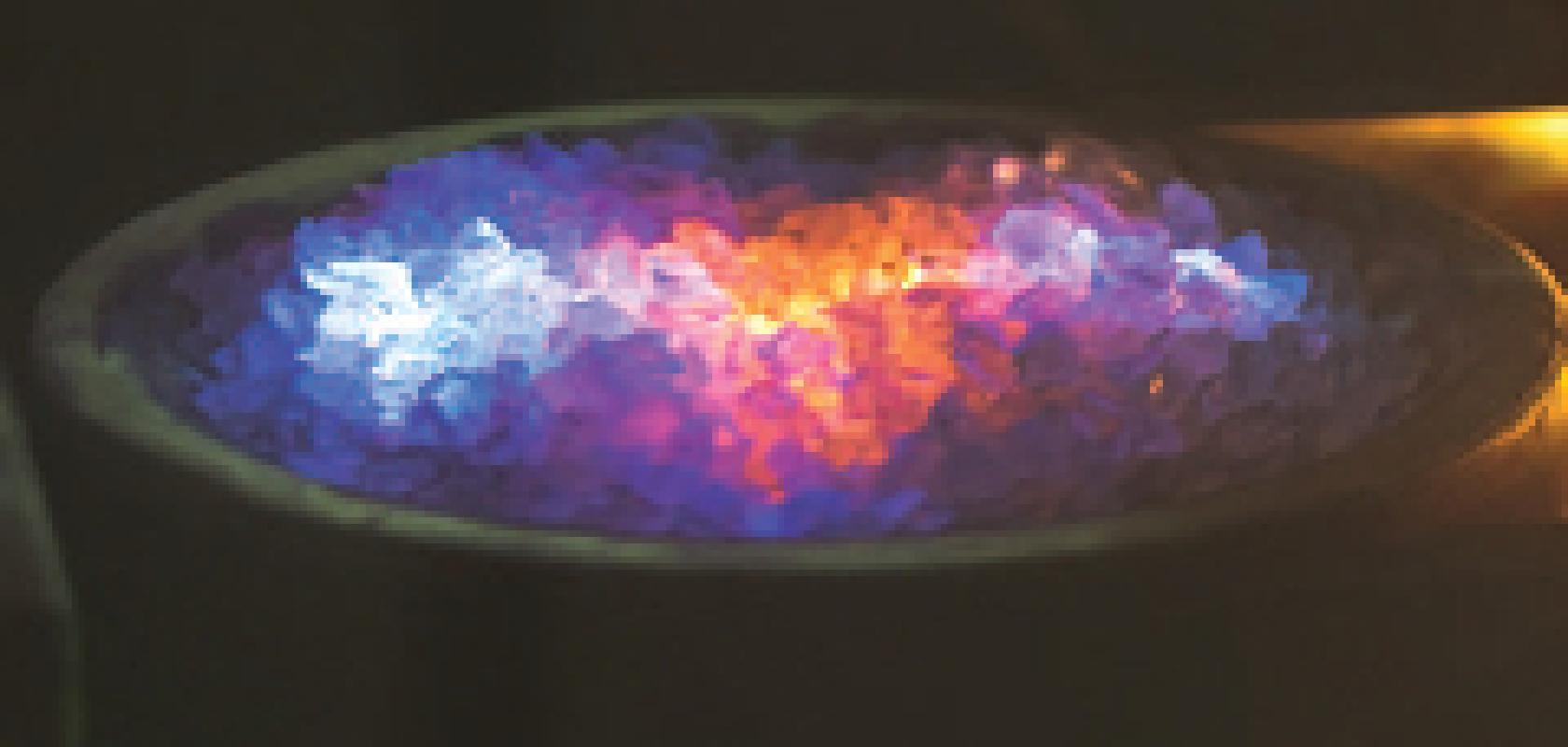Precision is a defining characteristic of photonics, and the laser systems the industry uses need precise coatings for filters and optics to deliver the performance expected of them.
Whether it is metal-based lenses combined with physical vapour deposition or ion beam sputtering, the goals of more precision, more control, and better results, are pushing the industry to progress every aspect of these thin film coating technologies. The industry talks to Electro Optics about how it is continuously improving the thin film coating processes to deliver on customers needs.
Oliver Pust is Delta light and optic’s business development manager for optical thin film filters. He says: ‘We have focused a lot on development of a whole range of linear variable filters. They are very efficient and durable, they do not contain any coloured glass and glue, and the laser damage threshhold is high. It is, for example, possible to use them with super continuum lasers.’
Linear variable filters for image sensors, typically have a bandwidth of 40-60nm, but Pust expects that his company will be able to decrease that bandwidth. For hyperspectral imaging and multispectral imaging, there is a need for linear variable filters that have high transmission and narrow bandwidths. Reducing the size of the filters’ physical size is also another goal. ‘Right now the filters we sell are 40-60mm, but we expect to lower the length with the next step to 20mm and later on we’ll try to go even lower. That is the general trend of the market,’ he says.
Delta has mostly made high transmission filters, whereas competitors’ linear variable narrow band filters typically contain thin metal layers limiting the transmission and laser damage threshold. Delta instead makes its linear variable filters with an all-dielectric construction, so there are no absorbing metal layers. The filters are made out of durable hard metal oxide materials such as tantalum penta-oxide and quartz.
A possible application for linear variable filters is for food analysis, according to Pust. ‘We did take a look at using silicon and quartz for that kind of filter, but concluded that we don’t believe in it right now. We think that the transmission will be too low if we use silicon.’ Sticking with highly transmitting metal oxides Pust expects the upper wavelength will go no higher than 1800nm, while today’s filters are covering 300nm to 850nm. ‘We have a new solution that takes the blocking range to 1100nm. It will take a little longer to increase the wavelength range to 1800nm, as desired for food analysis.’
At Laser Components, improved performance is about meeting customers’ needs for highly accurate mirror reflectivity. With electron beams (physical vapour deposition, PVD) reflectivity levels of 99.7 per cent to 99.8 per cent can be achieved, but companies are turning to ion beam sputtering (IBS) for better results. ‘Why do people need that? One example is for multiple mirror systems, such as articulated arms. The small reflection loss per mirror will become 2 per cent for a seven mirror arm,’ explains Chris Varney, Laser Components’ managing director.
Laser Components uses IBS to achieve reflectivity levels of 99.99 per cent. ‘A seven arm system will now lose just 0.07 per cent instead of 2 per cent,’ Varney adds. To ensure 99.99 per cent reflectivity has been achieved a whole new measurement technique is needed.
With 30 years in thin film coating, Laser Components adopted IBS because with this process the thickness growth of each layer can be controlled more accurately, allowing the design to be more precise. To control it more accurately Laser Components uses a spectrometer to monitor the process. ‘The IBS process includes monitoring with a spectrometer capable of examining the whole usable spectrum. Being computer controlled we can tweak the coating machine while it is running to adjust its parameters during and at the end of the run if the performance is slightly off,’ says Varney.
While the electron beam process is not as accurate, according to Varney, the coating run time is faster than IBS. ‘The process is slower than e-beam, but delivers a coating with a high damage threshold where electron beam doesn’t. We call our IBS coatings “bullet proof” - people with very big lasers will verify that,’ Varney commented.
High precision thin film coatings, optics and optomechanical assemblies manufacturer Research Electro Optics (REO) understands this need for precision and greater performance and it provides coatings it describes as aspheric-like. ‘We can make odd shapes, aspheric optical profiles on the optic. It’s intellectual property that allows us to do that and I can’t get into that,’ says Reo chief technology officer Trey Turner.With Reo’s process it can produce economic production runs of hundreds where others can only get up to 20 or so. Typically the way a spatially variable film, super Gaussian or linear variable filter is created is with a moving mask. The way Reo approaches it is by using a process that doesn’t require moving parts.
With a Gaussian or super Gaussian profile a Gradient Reflective Mirror (GRM) can be created. The GRM is used in a laser resonator where power extraction can be increased with such a profile, rather than the flat response achieved with a uniform surface.
Users might also want a gradient in the coating, so at one end of the substrate it transmits red and then further along it goes into the yellow, green and blue. If someone held it up it would look like a rainbow. Such an optic might be put against a charge coupled device (CCD) detector to create a little spectrometer. The position of each pixel is then receiving a slightly different wavelength and so simultaneously the CCD can monitor different wavelengths all at once.
Whether its fixed or variable, for a mirror or another optic of some sort, thin films will play a vital role, and the depositing processes are becoming more precise and capable.


